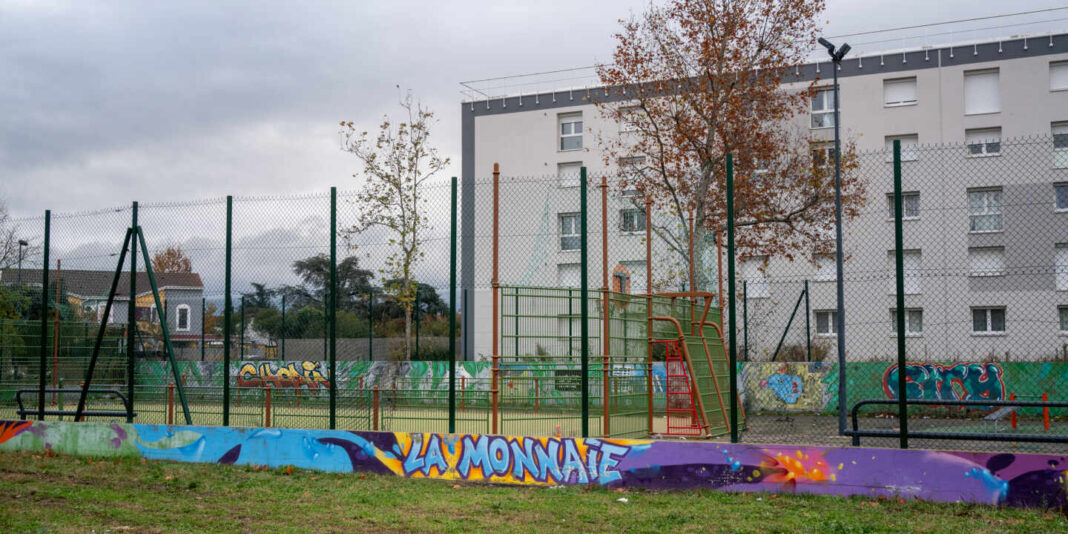In the quiet town of Romans-sur-Isère, an unsettling incident at a neighbouring village has torn apart the fabric of community life.
The recent death of a 16-year-old, Thomas Perotto, at a party in Crépol has exposed the profound fractures within the Monnaie neighbourhood, sending shockwaves through the nation and igniting a contentious debate.’
The narrative unfolds in the dimly lit streets of the Monnaie district, a sprawling area reminiscent of a market town, where a group of young boys seemingly operates beyond the bounds of authority.
Parents, older siblings, the police, the town hall, and community organizations appear powerless in the face of this unchecked delinquency.
What emerges is a tale of persistent and entrenched ghettoization encapsulated within a cluster of flats housing 4,000 residents. It’s a story of societal decline and collective surrender that has culminated in tragedy.
As the legal system grapples with the aftermath, nine individuals – six adults and three minors – from the Monnaie neighbourhood face indictment, suspected of involvement in a violent brawl that claimed the life of Thomas Perotto.
The incident occurred at the conclusion of a village fête in Crépol, sparking questions about individual responsibility, premeditation, and the possible involvement of an organized gang.
The courts now bear the weighty responsibility of unravelling this complex tapestry of events. Key questions loom large: Was the attack on Perotto a calculated act of violence or an unfortunate escalation of tensions?
Were racist insults hurled, as testified by nine witnesses among the more than 100 present? And did the assailants function as part of an “organized gang,” as the prosecutor has suggested?
The Monnaie district, once a microcosm of everyday life, now stands as a symbol of a community in disarray.
The tragedy has forced residents and authorities alike to confront uncomfortable truths about social neglect, systemic issues, and the inadequacies of existing structures meant to maintain order and cohesion.
Romans-sur-Isère finds itself at a crossroads, grappling with the immediate fallout of a young life lost and the broader implications for the town’s future.
The incident has become a catalyst for a national conversation, prompting reflections on the state of social cohesion, the role of community institutions, and the urgent need for comprehensive solutions to address the root causes of such tragedies.
In the sad aftermath of Perotto’s death, Romans-sur-Isère faces a daunting task – rebuilding trust, mending the social fabric, and charting a course toward a more united and resilient community.
The echoes of this tragedy will undoubtedly resonate far beyond the town’s borders, serving as a poignant reminder of the fragility of societal bonds when confronted with neglect and despair.
This article was created using automation technology and was thoroughly edited and fact-checked by one of our editorial staff members



